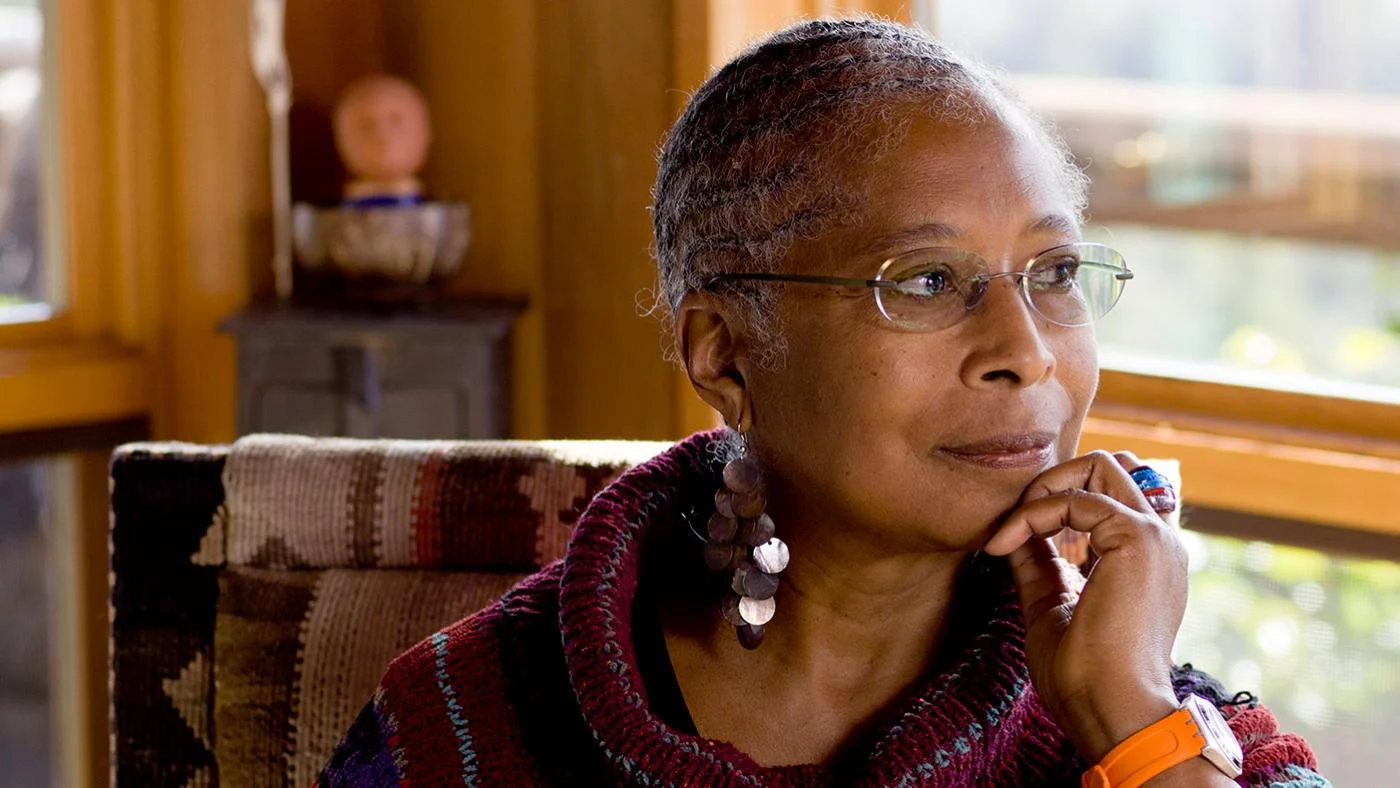Women of all strata of society, living in almost every part of the world have been subjected to physical and mental violence at the hands of patriarchy. Time and again, they have raised their voice to demand equal rights, power, fair treatment and opportunities.
The first and second waves of feminism primarily focused on the rights and needs of the White upper-class and middle-class women, excluding women of colour and women belonging to the socio-economically oppressed sections of the society. Although these movements have had an effect on various societies, the excluded group of women often have had to deal with the worst forms of patriarchy owing to their intersectional identities.
For example, a Dalit woman is not only subjugated because of her gender but also because of her caste. Similarly, in the West, a Black woman is subjected to mistreatment because of her gender and race. This is called a double bind. In addition, more often than not, these groups are also poor because of the lack of opportunities and facilities that would enable them to have a better life. Hence, they are caught in a triple bind.
This is recognised by intersectional feminism, which takes into account the factors apart from gender that would add to the plight of women. Intersectionality is an analytical framework for understanding how aspects of a person’s social and political identities combine to create different modes of discrimination and privilege. The term was coined by Kimberlé Crenshaw in 1989. Intersectionality identifies multiple factors of advantage and disadvantage. This includes one’s race, class, sex, gender, sexuality and so on.
The movement differs not only in the people it focuses upon but also its beliefs, practices and principles. Alice Walker defines the relationship between womanism and feminism as, “Womanist is to feminist as purple is to lavender.” Womanism is considered to be a larger ideology that concerns itself with gender equality, while feminism is thought to be its component
Feeling the need to separate herself from mainstream feminism, novelist and poet Alice Walker coined the term Womanism, to draw the attention of the masses to the sufferings and exclusion of Black women, her book In Search of Our Mothers’ Gardens: Womanist Prose. The author defines “Womanist” as follows:
“1. From womanish. (Opp. of “girlish,” i.e. frivolous, irresponsible, not serious.) A black feminist or feminist of color. From the black folk expression of mothers to female children, “you acting womanish,” i.e., like a woman. Usually referring to outrageous, audacious, courageous or willful behavior. Wanting to know more and in greater depth than is considered “good” for one. Interested in grown up doings. Acting grown up. Being grown up. Interchangeable with another black folk expression: “You trying to be grown.” Responsible. In charge. Serious.
2. Also: A woman who loves other women, sexually and/or nonsexually. Appreciates and prefers women’s culture, women’s emotional flexibility (values tears as natural counterbalance of laughter), and women’s strength. Sometimes loves individual men, sexually and/or nonsexually. Committed to survival and wholeness of entire people, male and female. Not a separatist, except periodically, for health. […]”

The movement differs not only in the people it focuses upon but also its beliefs, practices and principles. Alice Walker defines the relationship between womanism and feminism as, “Womanist is to feminist as purple is to lavender.” Womanism is considered to be a larger ideology that concerns itself with gender equality, while feminism is thought to be its component.
Also read: Women, Race & Class: Angela Davis And The Women’s Movement In India
Womanism as a concept has undergone many critiques and transformations with Alice Walker herself giving contradictory definitions at different times. Modern feminist movements have increasingly recognised the need for intersectionality and aligned with its ideals, as opposed to the celebration of White feminism in earlier times
Mainly confined to the White women of middle and upper classes, feminism ignored the needs of Black women in the West. In contrast, womanism takes into account the tridimensional oppression that Black women face on the lines of their race, sex and class. Alice Walker’s definition of womanism describes womanists as universalists. A womanist is committed to the survival of both males and females and desires a world where men and women can coexist, while maintaining their cultural distinctiveness. This inclusion of men provides Black women with an opportunity to address gender oppression without directly attacking men.
Womanists underline solidarity with Black men and map out how some men are victims of patriarchy and other social and economic factors. One of the primary focus of womanists is loving all people. Womanist scholar Layli Maparyan cites the philosophy of womanism as one rooted in love and co-existence, meant to “restore the balance between people and the environment/nature and reconcile human life with the spiritual dimension“.

Womanism as a concept has undergone many critiques and transformations with Alice Walker herself giving contradictory definitions at different times. Modern feminist movements have increasingly recognised the need for intersectionality and aligned with its ideals, as opposed to the celebration of White feminism in earlier times.
Feminism encourages all genders to be allies and oppression based on all identities are now accounted for while critiquing patriarchy and gender power imbalance. Early scholars like Alice Walker, and their theoritical conceptualisations like womanism have given us insights into experiential vacuum and helped propel the feminist movement in a more inclusive, intersectional direction.
Also read: What Is Misogynoir?: Unpacking The Intersectional Layers Of Racism And Misogyny
Featured Image: WTTW
About the author(s)
Taanya is currently pursuing her Master’s degree in English Literature from Jamia Millia Islamia, New Delhi. Feminist Studies and Postcolonial Studies pique her interest. She reads all genres but has a special liking for LGBTQ literature and women’s writings. Her other obsessions include street food and strong coffee




